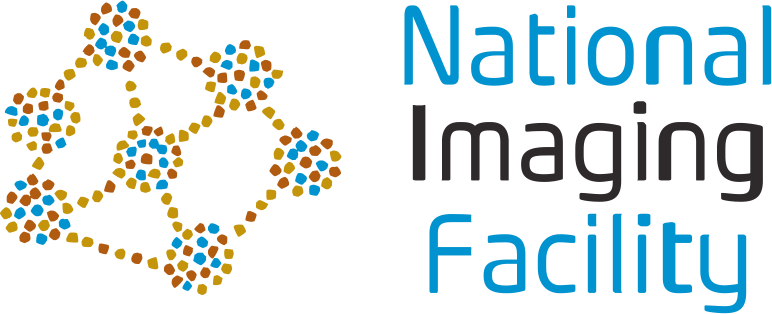Facilities
As a leading imaging research facility in Australia, the Centre for Advanced Imaging (CAI) manages the most comprehensive range of magnetic resonance instrumentation in the southern hemisphere, including three whole body scanners, several High Resolution NMR spectrometers, solid states, EPR instruments, microimaging and animal imaging systems.
The Centre for Advanced Imaging is at the forefront of imaging science and is the only centre of its kind in Australia.
Key areas of research include:
- molecular and biomedical imaging including magnetic resonance imaging (MRI) and positron emission tomography (PET) in humans and animal models (including comparative oncology)
- nuclear magnetic resonance (NMR)
- electronic paramagnetic resonance spectroscopy (EPR)
- materials science
- development and engineering of imaging technology
- data analysis and applications of novel computational methods
- structural biology and chemistry
NMR, EPR, MRI, PET, CT and optical imaging are now key platform technologies used in a range of research fields including the development of new imaging technologies, analysis of molecular structure, development of MRI and PET biomarkers targeting fundamental biological processes.
CAI is able to perform imaging studies in a wide range of areas, from major diseases affecting a range of organ systems, such as neurodegenerative disorders, cancer and cardiovascular disease, through to imaging economically significant agricultural animals and plant material, minerals and construction materials.
Advance your research and learn more about our Centre's capabilities in our facilities overview below:
Access to CAI facilities is available to UQ-based and external researchers on a fee basis. Our expert staff are available to provide assistance with experimental design, optimisation, data and image analysis and interpretation, enabling researchers to achieve their research goals.
For more information, visit the facility pages (right), download our facility brochure or contact the relevant facility manager.



